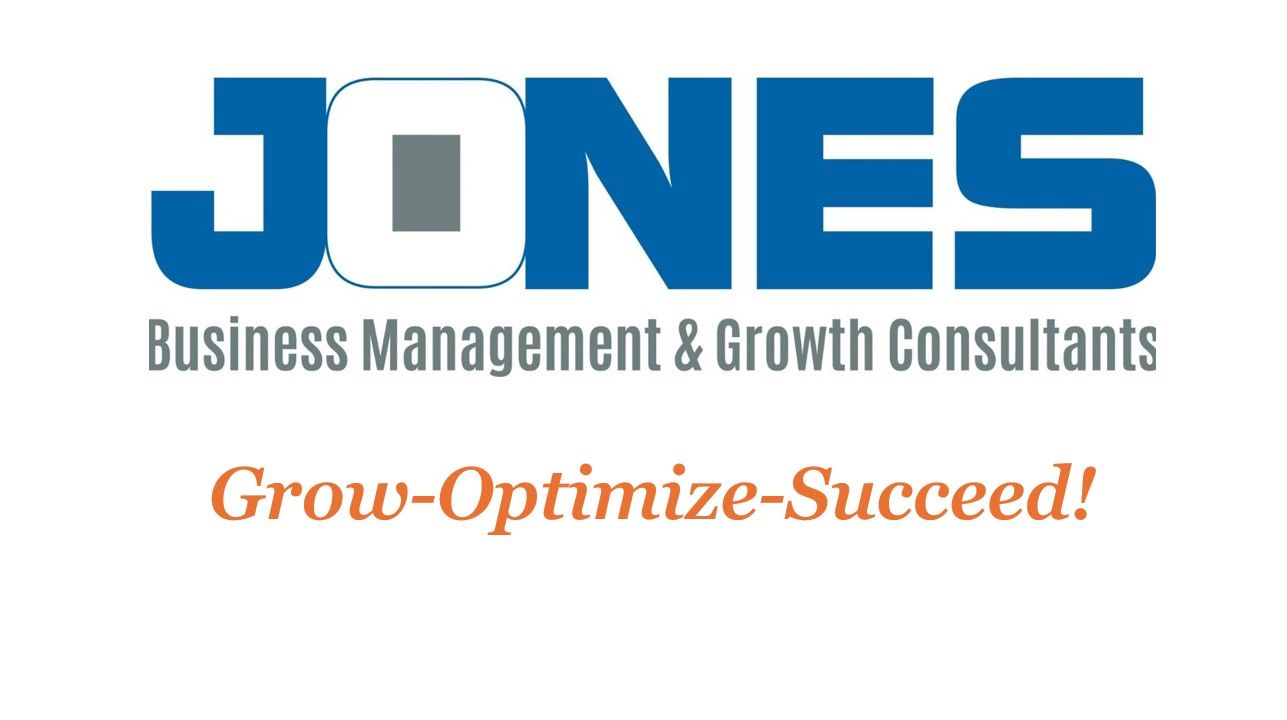The Servant Leadership Advantage: Building Teams, Customers, and Communities for Long-Term Success-Part 3
The Ripple Effect: How Servant Leadership Impacts Customers and Communities

In our previous posts, we’ve covered the foundations of servant leadership and how it can foster a servant mindset within your team. Now, it’s time to look beyond the team and explore the ripple effect of servant leadership on two key groups: your customers and the community.
When an organization embraces servant leadership, it doesn’t just transform the internal culture—it extends outward, creating positive, lasting impacts on how you interact with customers and the community you serve. In this blog, we’ll explore how a service-first mindset creates loyal customers and strengthens your reputation as a socially responsible company.
How a Servant Mindset Benefits Customers
Customers are at the heart of any business. They expect more than just a product or service; they want meaningful experiences. When an organization adopts servant leadership principles, it places customer needs front and center. This approach leads to higher levels of customer satisfaction and long-term loyalty.
Here are a few ways a servant mindset directly benefits customers:
1. Customer-Centric Service
Servant leadership emphasizes listening and empathy, which naturally extends to customer interactions. When employees are trained to listen to and truly understand customers’ needs, they provide more tailored, attentive service.
- Example: Companies like Zappos are renowned for their customer service because they empower their employees to make decisions that serve the customer, such as offering personalized recommendations or going the extra mile to resolve issues.
2. Building Trust and Loyalty
Customers gravitate toward businesses they trust. A company that demonstrates a genuine commitment to its customers will earn long-term loyalty. Servant leadership creates a culture of honesty, transparency, and care, which naturally translates into trust-building interactions.
- Example: Patagonia, with its environmentally conscious practices, shows that servant leadership doesn’t just impact customer service—it builds trust through responsible business practices that resonate with customers’ values.
3. Going Above and Beyond
A team with a servant mindset doesn’t see customer service as just a job—it’s an opportunity to serve. Empowered employees are more likely to go above and beyond for customers, creating memorable experiences that set your company apart.
- Example: Southwest Airlines is famous for its customer-centric culture, where flight attendants and other employees regularly go beyond the standard protocol to ensure passengers have a great experience.
How a Servant Mindset Strengthens Community Relationships
Servant leadership doesn’t just benefit the organization internally; it also has a profound impact on how businesses interact with their communities. Companies that adopt a service-first approach to leadership often make community involvement and social responsibility key parts of their mission. This, in turn, strengthens their brand reputation and makes them more attractive to both customers and employees.
Here’s how a servant mindset benefits the community:
1. Corporate Social Responsibility (CSR)
When businesses actively contribute to the well-being of the community, they show that they’re invested in more than just profit. Corporate social responsibility is a natural extension of servant leadership, as it prioritizes the needs of others—whether it’s through charitable initiatives, environmental efforts, or volunteer programs.
- Example: Ben & Jerry’s is well-known for its social activism and commitment to social justice, from sustainable sourcing to advocating for environmental causes. This servant-first approach strengthens its community ties and creates a positive brand image.
2. Strengthening Local Economies
Servant leaders recognize that a strong community leads to a strong business. By supporting local causes, partnering with community organizations, and creating jobs, businesses can positively impact their local economy.
- Example: Starbucks often collaborates with local organizations through its community stores, which focus on hiring locally and contributing a portion of sales to nearby nonprofits. This creates a direct, positive impact on the communities they serve.
3. Building a Reputation as a Community Partner
Companies that invest in the well-being of their communities become known as pillars of support. Employees who take pride in working for a company that gives back are more engaged, and customers are more likely to support businesses that contribute to causes they care about.
- Example: TOMS Shoes built its entire brand around the “One for One” model, where for every pair of shoes sold, the company donates a pair to someone in need. This has created a strong community-focused reputation that resonates with socially conscious consumers.
The Business Case for Customer and Community Focus
Some leaders may question whether focusing on customer service and community initiatives will detract from profitability. However, research shows that companies with strong servant leadership cultures consistently outperform their competitors over time.
A study from the Journal of Business Ethics found that organizations with servant leadership models reported higher customer satisfaction, stronger brand loyalty, and improved employee retention. Moreover, companies with active corporate social responsibility programs reported a significant boost in brand perception, making them more attractive to both consumers and potential employees.
By adopting a servant leadership mindset that extends to customers and the community, your organization can differentiate itself in the marketplace, build stronger relationships, and create long-term, sustainable growth.
Conclusion
Servant leadership extends far beyond the walls of your business. When your team adopts a servant mindset, it naturally impacts how you interact with customers and the community, building trust, loyalty, and a strong brand reputation. In our next blog, we’ll explore how servant leadership not only helps retain employees but also draws in top talent, turning your company into a beacon of service excellence.
Stay tuned for Blog 4, where we’ll dive into how becoming a servant leader can attract the best and brightest talent to your organization!
#ServantLeadership #CustomerLoyalty #CorporateSocialResponsibility #CommunityImpact #LeadershipDevelopment #WorkplaceCulture #BusinessGrowth #CustomerServiceExcellence #ServantLeader #SocialResponsibility #OrganizationalSuccess










